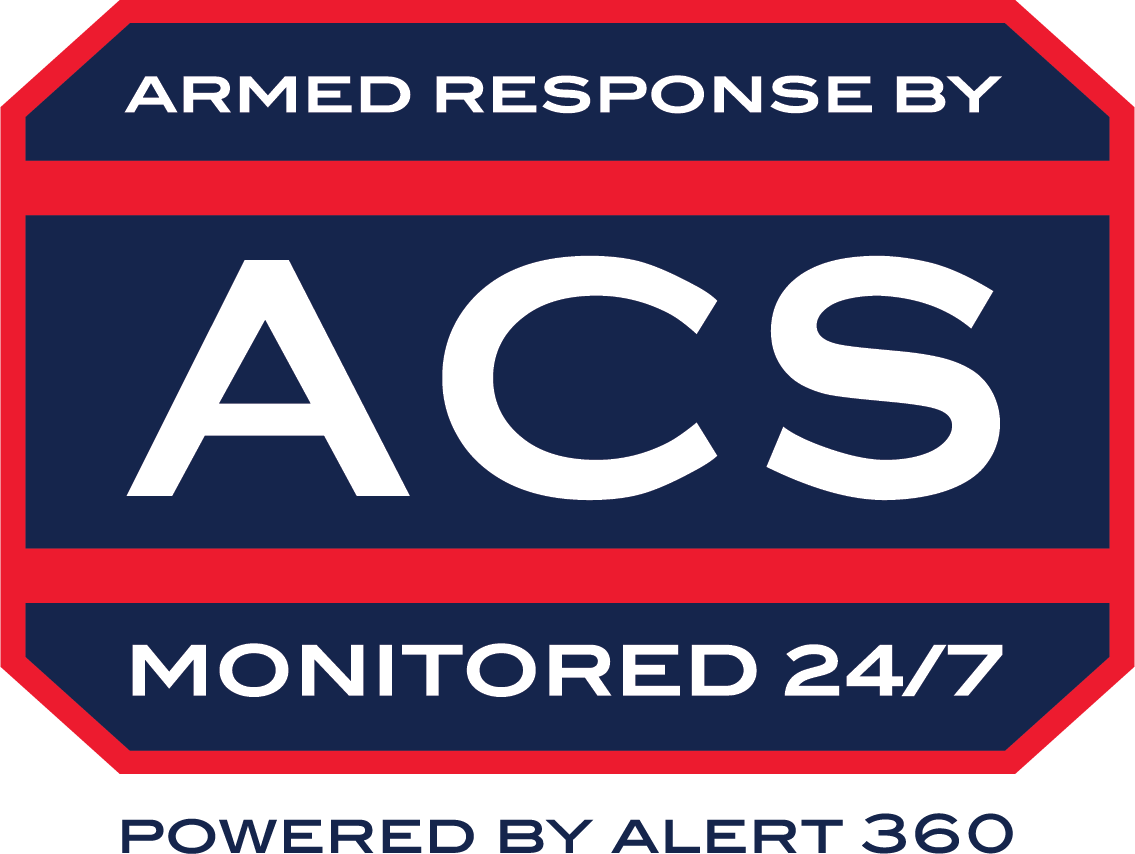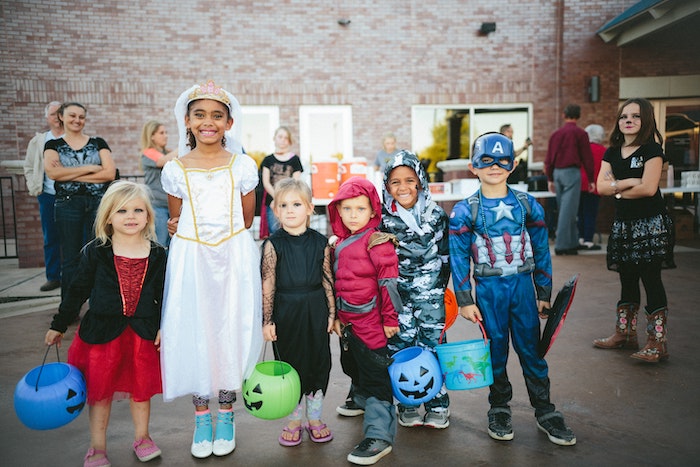
As Summer quickly fades into Fall, the leaves start to change and the colder weather rolls in. But we can finally look ahead to fun seasonal holidays like Halloween. It’s easily one of the most anticipated nights of the year. But it can also be one of the most dangerous if you and your family are unprepared. That’s why we’ve put together a solid roundup of Halloween safety tips to make sure the only scares you’re getting are the fun kind!
Public Health and Safety Tips During COVID-19
Pretty much every event in 2020 has looked a little different due to public health concerns and restrictions surrounding COVID-19. In Los Angeles County, the Department of Public Health has cautioned against various Halloween activities, as well as offering guidance and alternatives to traditional celebrations.
At this time, gatherings and events are not currently permitted under the Health Officer Order, including:
- Large gatherings, events or parties with non-household members (including outdoor events).
- Any other carnivals, festivals, live entertainment, and haunted house attractions.
While trick or treating is not outright outlawed, it is also “not recommended.” Especially door to door and car to car (also known as “trunk or treating) since it may be difficult to maintain social distancing while avoiding sharing any food or candy.
Instead, the Department of Health recommends online/virtual parties or contests where able as well as spooky drive in movies or drive through parades and events where attendees can remain safely in their vehicles. Outdoor meals at restaurants that are under current health compliances are also encouraged.
Read the full Halloween celebration guidance from the LA County Department of Public Health here. But if you do decide to host trick or treaters or go on the hunt for some candy in your neighborhood, be sure to read through all of our Halloween Safety Tips.
Decorations and Halloween Safety Tips
64% of Americans decorate for Halloween
Decorating the front lawn is a great way to celebrate Halloween. Plus it offers a way for passersby to enjoy the festivities and maintain social distance. But make sure to keep items away from walkways. More often than not, people are out in the evenings on Halloween (plus it gets darker earlier!) and you wouldn’t want to cause anyone to fall. After all, it’s not “trip” or treating, is it?
Candles are the cause of 4% of all homes fires.
If you’re carving pumpkins odds are you’re also adding candles to add that spooky flicker on Halloween night. But multiple pumpkins with multiple candles outside can also increase the risk of fire. Especially with children running around in costumes that may be hard to see out of. Glow sticks and battery powered candles are a great, safe alternative that can still be just as spooky.
Remember that 3 out of 5 home fire deaths happened in homes without working fire alarms, so if you do decide to use candles, check to make sure your fire detectors are working properly. That way in the event of an accident you’re prepared to be alerted and take action.
Home electrical fires account for an estimated 51,000 fires each year.
If you’re really going all out for the season, you might find yourself with a large inflatable ghost or animatronic Frankenstein terrorizing your neighbors from your front lawn. Most similar decorations can even be purchased at any hardware store. But refrain from getting too many though as the more plugs in a socket only increase the risk of electrocution or an electrical fire.
Trick or Treating Halloween Safety Tips
12% of children are allowed to trick or treat alone.
If you do decide to go trick or treating this year, advise any children going out alone to only knock on doors with the front light on and well-lit walkways. You may also want to check in with other people living your neighborhood to see which houses plan to participate in the action this year. Additionally, make sure children are aware of the dangers of strangers: never enter another person’s home or vehicle that you don’t know or don’t have permission to from a trusted adult.
No one under the age of 12 should trick or treat alone.
No matter how safe your neighborhood may be, it is always safer if kids go out in groups. Especially safe if a parent is supervising. If you aren’t going out with your children, make sure you know the route they’ll be taking and let them know it is very important that they stick to that route. This way you’l know they’re safe and can find them if necessary.
Halloween is one of the top 3 most dangerous holidays for children.
Before children go out trick or treating, make sure their costume fits well enough that they can see and they won’t trip. Additionally, have them bring a flashlight so others can see them even in the dark and avoid dark costumes. If necessary, attach reflectors for even more added safety. Always walk on the sidewalk when trick or treating if they’re available and check both ways before crossing the street. After all, twice as many children are killed crossing the road on Halloween.
80% of all adults give out candy on Halloween.
While things may look a little different this year, an overwhelming majority of households usually participate in some form of candy-giving on Halloween. Stay safe and take that extra step. Make sure to check all candy before eating and throw out any suspicious looking packaging with holes or tears. Even if the candy hasn’t been tampered with, it could still be spoiled.
1 in 13 children has a food allergy.
For some children, even the tiniest exposure to an allergy can cause an anaphylactic allergic reaction. Which would send them to the ER. Provide non-food item options for those who are unable to collect candy treats at Halloween. Use a real pumpkin as decoration. That way families will know that your house is allergy friendly and that you offer non-food items such as stickers, glow sticks, pencils and other fun trinkets.
Protect Yourself Year-Round
Call ACS for more information on home security and take the first step to keeping your home and family safe! We offer a wide range of home security options to protect you and your family. Contact us today to learn more about our services and how we can help you prepare for what’s next.

